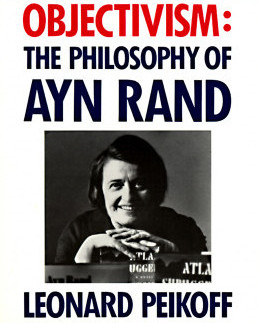An excerpt from chapter 12 on Art from Objectivism: The Philosophy of Ayn Rand by Leonard Peikoff.
As the history of Romanticism indicates, an artist’s philosophy can have significant consequences in regard to his esthetic merit. This does not, however, alter the fact that there is a difference between philosophic and esthetic judgment.
In judging an art work’s philosophy, one is concerned with a question of truth: are the implicit metaphysical value- judgments guiding the artist’s selections true or false, proved or arbitrary, logical or illogical? (Any explicit ideology in a work that clashes with its operative metaphysics is essentially irrelevant to its meaning.)
In judging an art work qua art, by contrast, one enters the domain of a highly personal emotion, sense of life. The goal of art, we have said, is not to prove but to show—to concretize whatever sense of life the artist has, whether it be true or false. “The fact that one agrees or disagrees with an artist’s philosophy,” Miss Rand concludes, “is irrelevant to an esthetic appraisal of his work qua art.”50 A false philosophy can be embodied in a great work of art; a true philosophy, in an inferior or worthless one. How then does one judge esthetic value?
Read the rest in Objectivism: The Philosophy of Ayn Rand.
